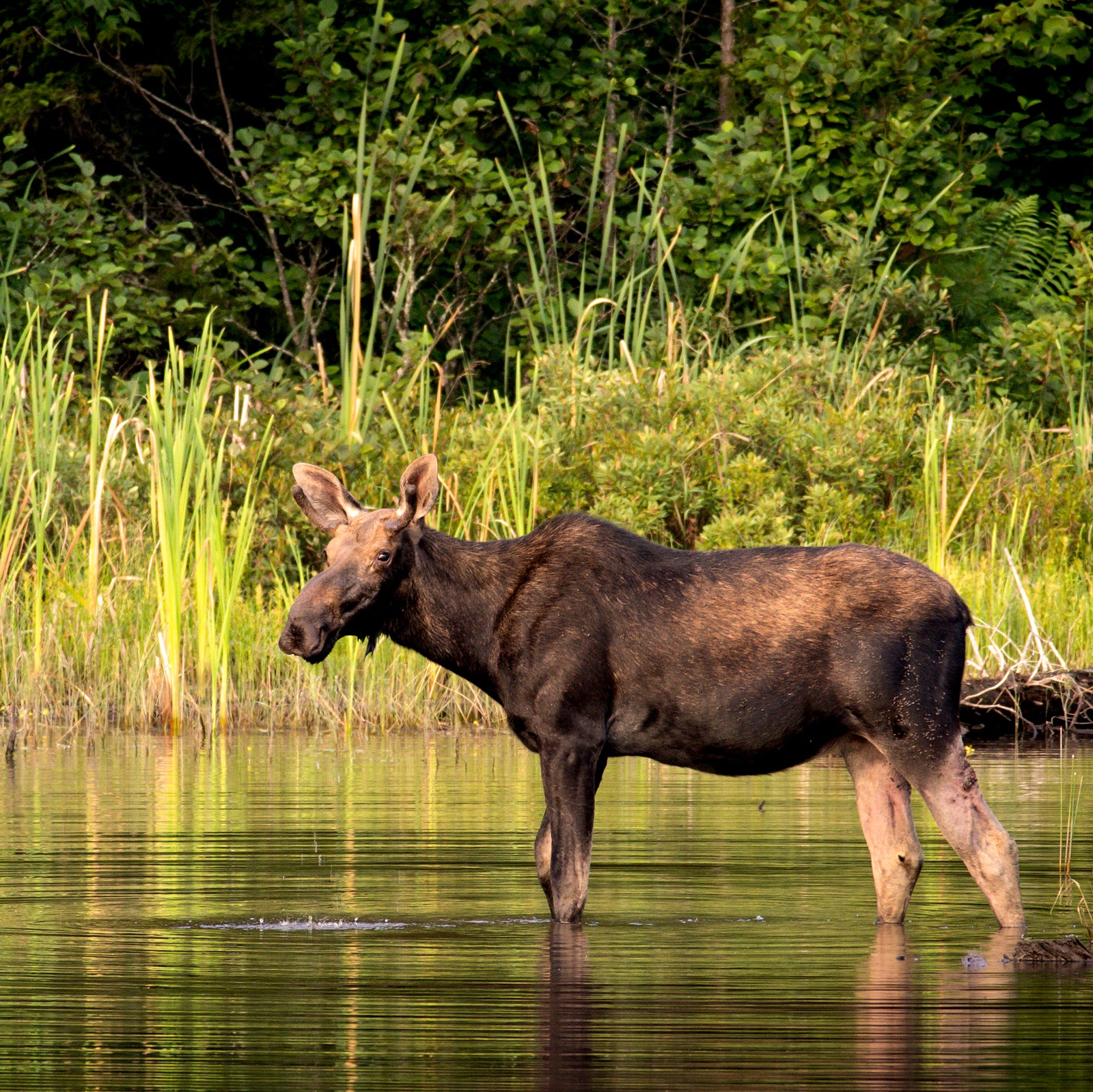Certainly, you want to see a moose. They’re the tallest mammals in North America and magnificent to behold. But tracking one down isn’t easy. Even though they’re huge—a bull moose can be about six feet tall and weigh well over 1,000 pounds—they’re surprisingly stealthy and don’t usually travel in a herd. Moose are most active at sunup and sundown, and you’ll likely find them near wetlands and wading in muddy bogs and��marshes.��
If you’re lucky enough to spot one, remember: keep a safe distance, stay quiet, and try to stay out of sight. “More often than not, most people will encounter moose in a vehicle. Pull over and��give the moose space,” says Steven Tatko, the Appalachian Mountain Club’s director of Maine conservation and land management and a frequent moose spotter. “Moose are not aggressive, but they are easily spooked.” Here are the prime places��to start your search, depending on your activity preference.��
Best for Hikers
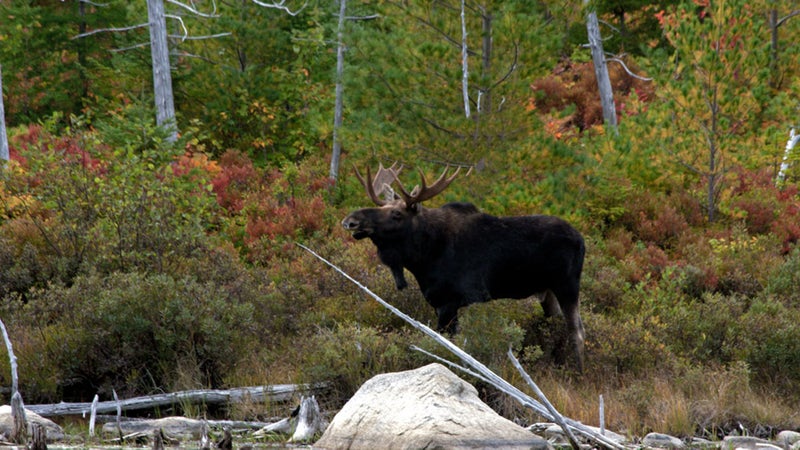
Baxter State Park, Maine
While you’re looking for moose at in north-central Maine, you can also top out on the state’s highest peak, 5,267-foot Mount��Katahdin (the northern terminus of the Appalachian Trail), or hike any of the park’s more than 220 miles of trails. Baxter��is known as a common breeding ground for moose, the official state mammal, so look out for them in the fall near wetlands along the Russell Pond Trail. Or get a moose pass��at , 17 miles northwest of Millinocket, to take the quick��1.5-mile round-trip hike into Sandy Stream Pond, though note that rangers limit the number of visitors to��reduce��crowds. Campsites in the park open in July, and visitors must make ��online or by phone.
Best for Mountain Bikers
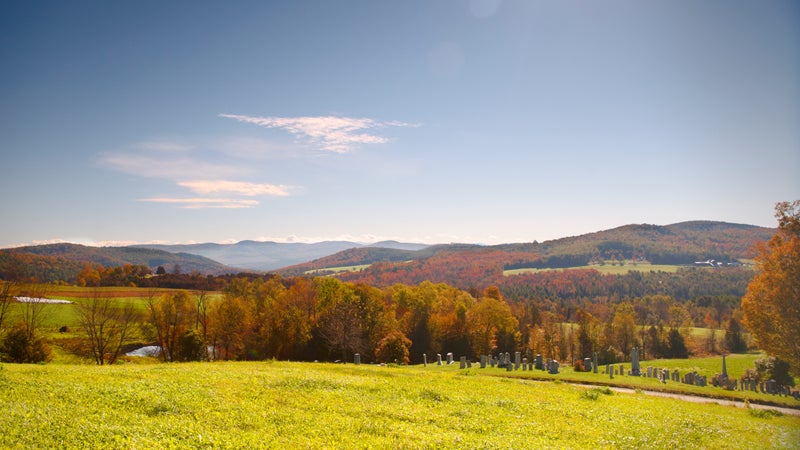
Northeast Kingdom, Vermont
Most of Vermont’s moose population resides in the marshy forests of the state’s . If you’re on a quest for moose, start at , just outside the town of Island Pond, where you can pitch a tent at one of 54 tent sites��or bed down at 23 lean-tos on the shores of Spectacle Pond. From there, you can kayak, paddleboard, or canoe the pond, or walk the park’s short hiking trails in search of moose. —a haven for mountain bikers with 100-plus miles of tracks—is a half-hour south��and has reopened to in-state and out-of-state riders who have self-quarantined for 14 days. (Check out the COVID-19 restrictions .)��If you want to stay in your car, Route 105 from Island Pond to Bloomfield has a moose-viewing platform along the way.��
Best for Whitewater Rafters
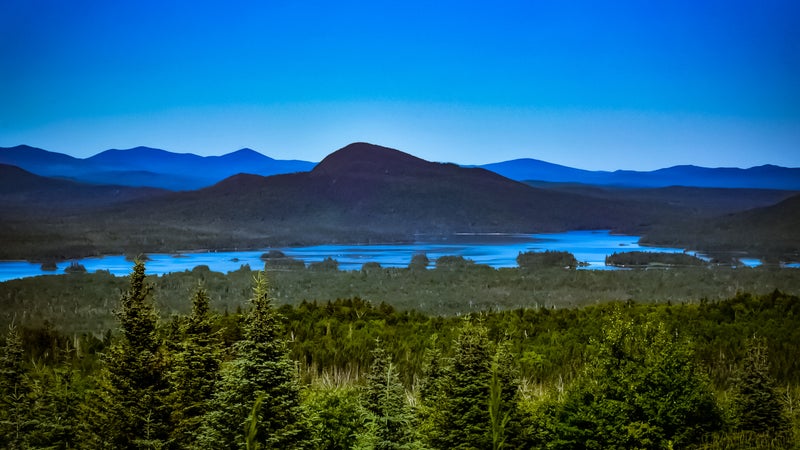
U.S. Route 201, Maine
�Ѳ����Ա�’s is flush with moose. If you time it right—dawn or dusk in the late summer or early fall—you’ve got a good chance of seeing one. The historic scenic byway of U.S. Route 201, called the Old Canada Road,��covers 78 miles from Fairfield to the Canadian border. Along the way, make a stopover at the Forks, the confluence of the Kennebec and Dead Rivers that’s famed for its whitewater rafting. Camping and cabin��rentals at , an adventure base camp located downriver, are restricted to residents of Maine, New Hampshire, and Vermont through June 26, along with private��RV parks and campgrounds in the area.
Best for Road-Trippers
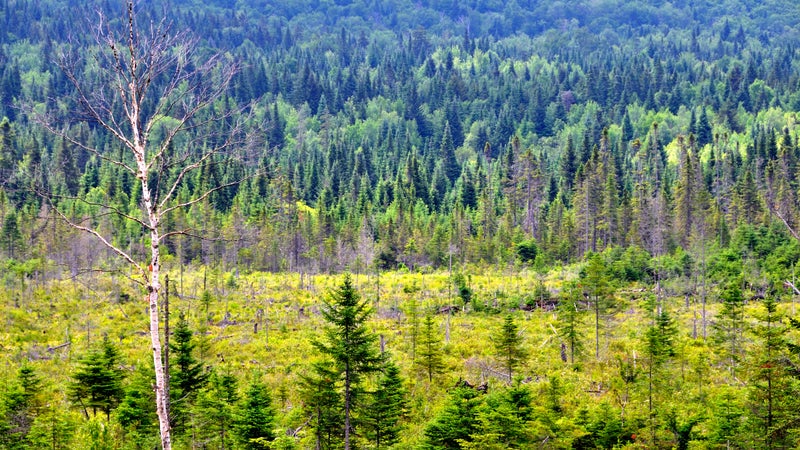
Route 3, New Hampshire��
You’ll see signs along the northernmost section of Route 3��reminding you to Brake for Moose.��And for good reason: this stretch of roadway, nicknamed Moose Alley, has a thriving population of them��and is popular with sightseeing motorists. From the Granite State’s most northerly town, Pittsburg, at the headwaters of the Connecticut River, drive north toward Canada. Be sure to go slow so you don’t miss them. This vast corner of the Great North Woods region is teeming with moose. As of mid-June, state-park and private campgrounds are��currently to residents.
Best for Anglers
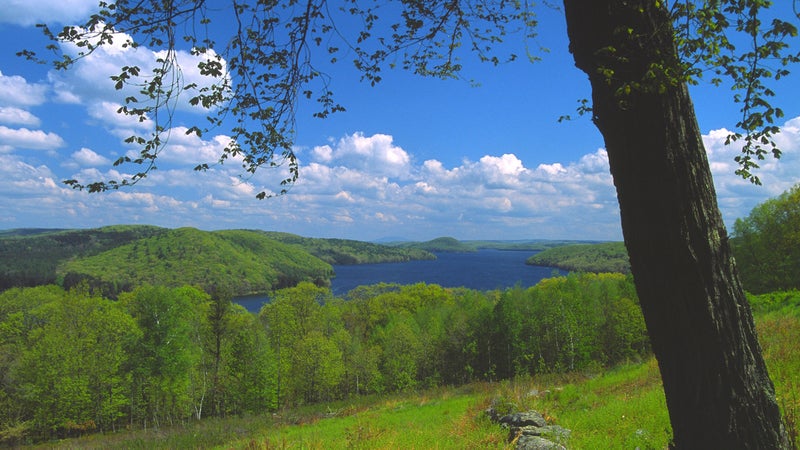
Quabbin Reservoir, Massachusetts
Moose reside in select locations in western and central Massachusetts, but the woodlands and ponds around , 40 miles northeast of Springfield, might be your best bet. The reservoir, which holds hundreds of billions of gallons of water, is a main drinking supply for many residents in eastern Massachusetts. Hiking trails around the reservoir vary in length and start at designated gates, fishing is permitted with a valid fishing license, and the bird-watching is stellar here, too. As of July 1, private and state campgrounds are , so be sure to check with for the latest status.��
Best for Paddlers
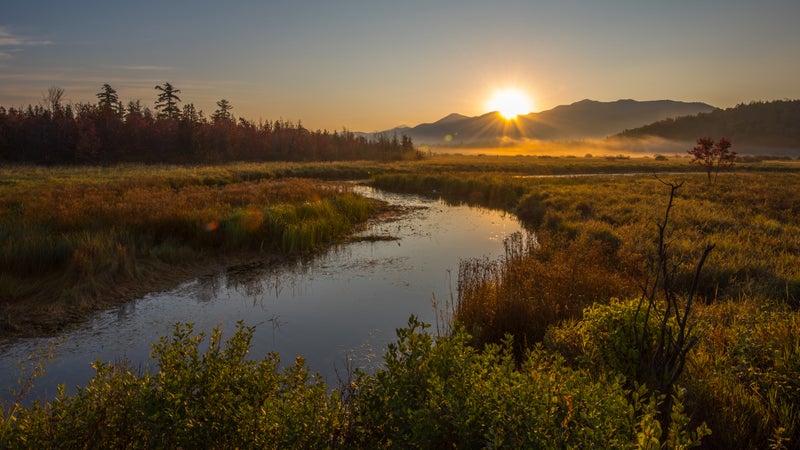
Saint Regis Canoe Area, New York
Although New York isn’t technically in New England, moose are making a comeback in the northern . The best place to spot��them is within 8,400-acre , New York’s only designated canoe wilderness. With 26 miles of hiking trails and more than 20 ponds, you’ll paddle from lake to lake with short portages in between, then pitch a tent at one of 70 designated primitive camping sites along the waterfront. While the Department of Environmental Conservation has suspended overnight camping on ��and�� for more than ten��people, Saint Regis Canoe Area remains open to visitors. (Just be sure to monitor the official site for changes.)
This story was produced in partnership with magazine.


